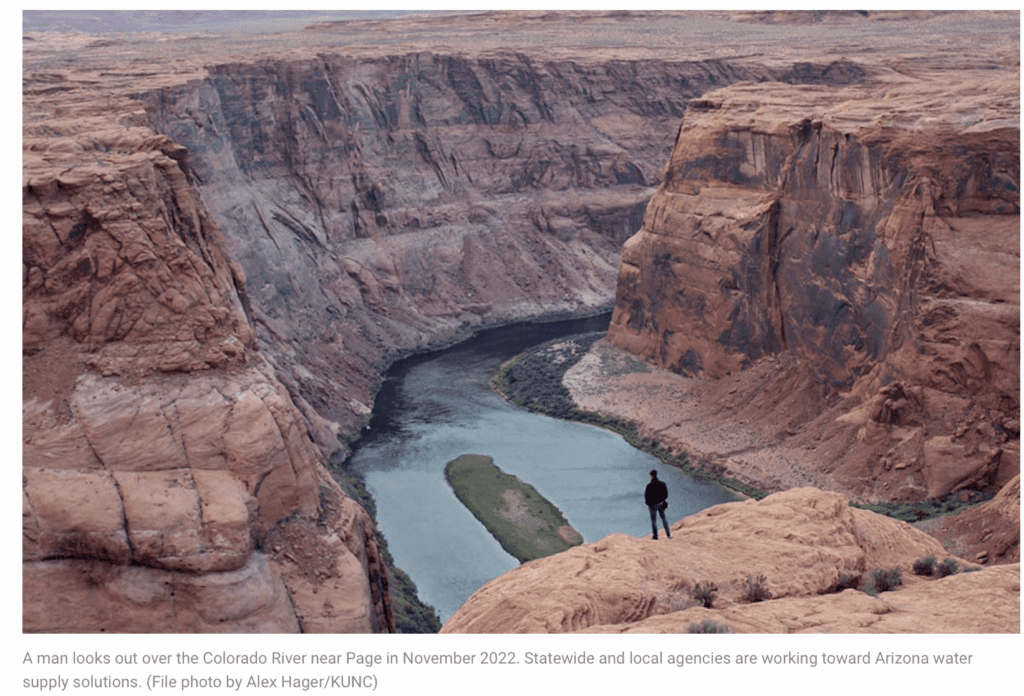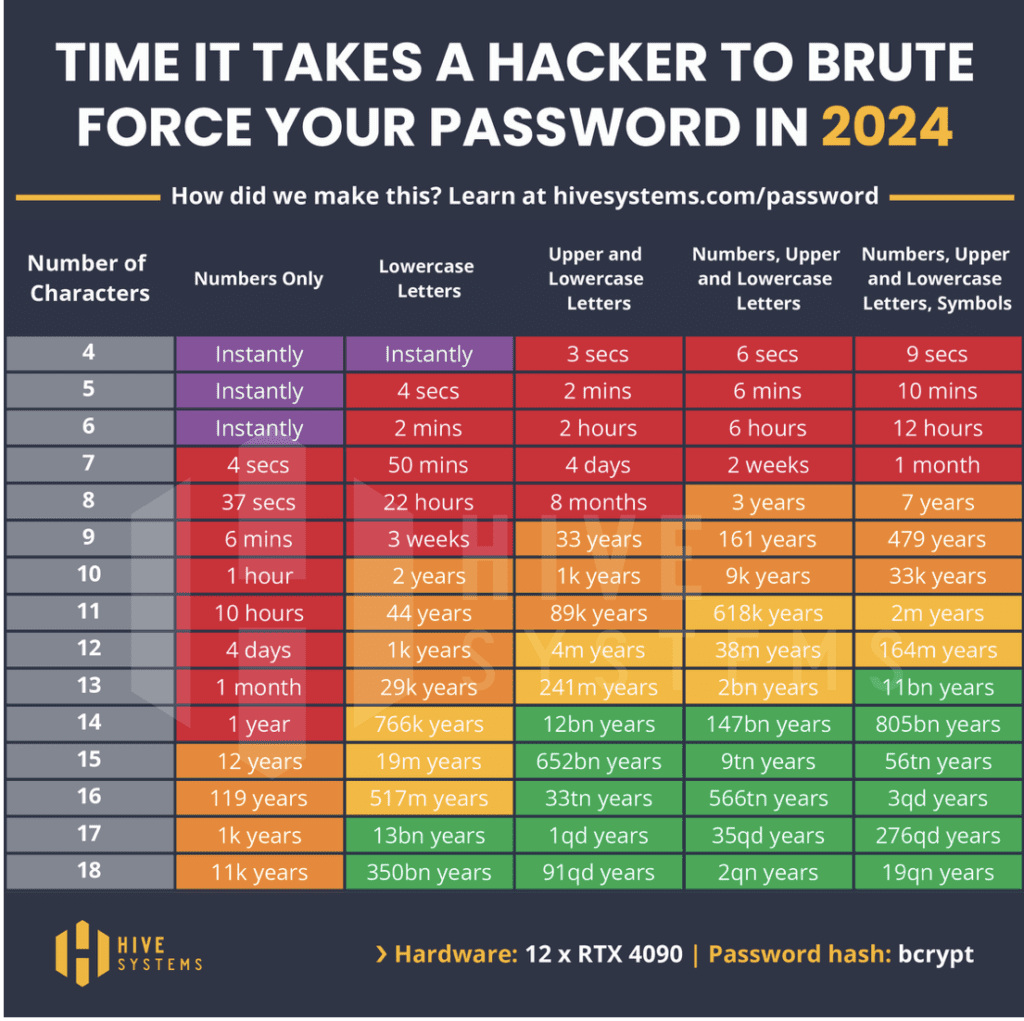Daniel Salzler No. 1252
EnviroInsight.org Four Items May 3, 2024
—————Feel Free To Pass This Along To Others——————
If your watershed is doing something you would like others to know about, or you know
of something others can benefit from, let me know and I will place it in this Information .
If you want to be removed from the distribution list, please let me know.
Please note that all meetings listed are open.
Enhance your viewing by downloading the pdf file to view photos, etc.
The attached is all about improving life in the watershed through knowledge.
If you want to be removed from the distribution list,
please let me know. Please note that all meetings listed are open.
Check our website at EnviroInsight.org
1. Upper Agua Fria Watershed Partnership, 10 am MST
May 7, 2024
Please join my meeting from your computer, tablet or smartphone.
You can also dial in using your phone.
United States: +1 (312) 757-3121
Access Code: 555-529-925
New to GoToMeeting? Get the app now and be ready when your first meeting starts: https://global.gotomeeting.com/install/555529925
Draft Agenda
1. Introductions and Announcements|
2. Development updates: Candela Agua Fria Solar Farm: Revised design available? Yavapai County Development Services: Working on Utility Scale Solar Field Ordinance; will share draft with us for comments when available; expect acceptance by September. Meetings with Candela; public input opportunities.
Agua Fria I-17 Bridge wild life connectivity to work on.
3. Black Canyon City Water Issues: ADOT <improvingi17.com>. Water Sources for Construction; Supervisor Gregory’s next BCC Community Meeting in July. Thank you Arizona Metals/Kay Mine for great April meeting! Any follow up?
4. FAFNM – Successful Outreach, still need Treasurer; Highway Cleanup May 11 at Bloody Basin ([email protected]); NAU Insect Inventory; AFNM Science Plan in process; Wet/Dry
5 BCHP: April 20 Workday; Desert Foothills Land Trust Event
6. Organizational efforts: Review
2. How City Of Phoenix, CAP Are Addressing Water Supply Issues

PHOENIX – Arizona, much like California and other states with large deserts, is having an issue with dwindling Colorado River water levels.
With so many people living in and moving to Arizona, specifically the Phoenix area, state and local agencies are working toward water solutions, including expanding the Bartlett Dam and adding new infrastructure.
The Central Arizona Project is a 336-mile aqueduct system that begins on the California-Arizona border, at Lake Havasu, and ends south of Tucson. CAP brings Colorado River water into Arizona and runs it through more than a dozen pumping plants that carry the water throughout the system.
CAP delivers clean water to about 6 million people, 80% of the state’s population, according to its website. It draws from four primary sources of water: the Colorado River, in-state rivers, groundwater and reclaimed water.
“People in and around Arizona say there is a shortage because there is less water in the Colorado River than there was when it first was allocated due to drought and climate change,” said DeEtte Person, a CAP spokesperson.
Experts are saying that the Arizona water issue is not as drastic as people think, and Phoenix says it has “the water it needs – but none to waste,” according to the city’s website.
“Phoenix’s water supply is in very good shape,” the site goes on to say. “Even though Phoenix remains in a regional period of climatic drought that began in 2000, our water supply is not dependent on annual precipitation events. Our water supply originates as snow pack far north and east of the Valley that melts and flows into vast reservoirs that store it for delivery during low-flow years.”
Cynthia Campbell, water resources management adviser for Phoenix, said water shortage and management has been an issue for decades. The city has strategically managed its water portfolio for over 50 years.
The city is working on a Drought Pipeline Project that would ensure those in north Phoenix have clean water through new infrastructure.
“Also the city is working on water purification,” Campbell said. “Phoenix is looking to turn wastewater into another drinking water resource.”
Last year, the Arizona Department of Environmental Quality released a proposed roadmap outlining plans to convert treated wastewater into purified drinking water.
“Advanced water purification has the potential to provide a reliable source of purified water that can alleviate water scarcity issues faced in much of Arizona,” Randall Matas, deputy director of the water quality division at ADEQ, told Cronkite News last year. “The additional source of sustainable healthy drinking water will really support Arizona’s growing population and economy.”
Campbell said expanding the Bartlett Dam on the Verde River, northeast of Phoenix could offer another solution. According to the Salt River Project, which manages the dam, the expansion is needed to restore lost capacity and add to the water supply. The Bartlett Dam had to release some water last year when the dam reached capacity.
The Bartlett Dam expansion proposal could alleviate the Colorado River shortage.
The Colorado River is a major source of water for seven states in the river basin: Wyoming, Colorado, Utah, New Mexico, Nevada, Arizona and California. According to the Arizona Department of Water Resources, most of the water used by Arizonans – about 36% – is from the Colorado River.
Guidelines that are in place are set to expire in 2026, and the Lower Basin States – Arizona, California and Nevada – submitted a proposal in March to the U.S. Bureau of Reclamation for a longer-term solution that involves reductions of water usage from Lake Mead and Lake Powell, according to a news release from the states’ water-management agencies. Upper Basin states have submitted their own plan, which would allow them to hold on to more of the water they currently have to send downstream every year. Source: Huston Dunston Jr. with Kate Duffy contributed to this story.
3. How Long It Would Take A Hacker To Brute Force Your Password In 2024, Ranked.
There’s a good chance that the password you’ve been using since middle school can be cracked in seconds.
Every year, Virginia-based cybersecurity company Hive Systems releases a new table of estimates showing how long it would take for a hacker to brute force passwords of various lengths and complexities. If you’re still hanging onto simple passwords like “nsync99” or “bsb4eva,” these stats will definitely freak you out.
Just like last year, they’re throwing the processing power of twelve RTX 4090 graphics cards against a wide variety of passwords ranging from a plain four-digit password to an 18-character password with numbers, uppercase, lowercase and symbols. However, they have moved away from assuming passwords are hashed with MD5 to bcrypt using a Blowfish cypher. As such, the average time it takes to brute force passwords has increased.
Even so, pretty much any six-character password is cracked within a day. To reach the optimal “green” level of security, you need a password with at least 13 characters made up of numbers, uppercase, lowercase and symbols.

Source: digg.com
4. Officials Brace For ‘Uncertainty’ In Water Transfers To Lake Mead
Story by Alan Halaly, Las Vegas Review-Journal
Key backup tubes inside the Glen Canyon Dam might be damaged, potentially threatening the delivery of water to Lake Mead in the future if water levels ever dip too low in Lake Powell, according to a Bureau of Reclamation memo.
Below 3,490 feet, water releases from Lake Powell are wholly dependent on “river outlet works,” which water managers now feel are not functional and could threaten the water supply downstream.
Currently, the reservoir sits at 3,558 feet, and the latest two-year projection places water levels above 3,560 feet until at least February 2026.
Looming threats of climate change and evaporative losses also are complicating state negotiations for how to allocate the shrinking Colorado River. Those talks are still at an impasse between the Lower Basin and Upper Basin states. The Bureau of Reclamation oversees river negotiations and operates government dams in the West.
“Given the current uncertainty associated with long-term performance … it is recommended that Reclamation not rely on the river outlet works as the sole means for releasing water from Glen Canyon Dam,” the memo reads.
More than 30 million people in Nevada, California and Arizona depend on flows from Lake Powell to fill Lake Mead, meaning the need to address engineering flaws at the dam is pressing. While water managers investigate the damage, they will temporarily reduce flows out of these four tubes, according to the memo.
Solutions in short supply
At a hearing explaining the Lower Basin states’ proposal for river distribution in early March, former Reclamation Commissioner Brenda Burman said the agency would work to find engineering solutions to the dam’s problems. Burman now works for the Central Arizona Project, which helps manage water resources across the state
.
“They have some unknown issues about how these river outlet works would perform,” Burman said at the meeting. “That’s very difficult, new information to hear.”
Activists such as as Kyle Roerink, executive director of Great Basin Water Network, have long been concerned about the dam and how it was designed. Many have called for the dam to be decommissioned, but no formal plan has gained traction.
Roerink said he was surprised that the Bureau of Reclamation didn’t address the dam’s engineering issues in environmental impact statements prepared about the management of Lake Mead and Lake Powell.
The flaws in the design are something he expects to complicate river negotiations and the future availability of water to Lower Basin states like Nevada, he said.
“This is just another wake-up call in a litany of wake-up calls that we’ve had in recent years,” Roerink said.
Contact Alan at [email protected].
Copyright: 2024 EnviroInsight.org
